These idyllic photographs, taken by William Morris Grundy, capture the rural life in England during the Victorian era.
Born in Birmingham in 1806, Grundy took up photography in 1855 and made dozens of stereoscopic photos, primarily posed genre scenes of rustic pursuits such as hunting, fishing, and farming.
The London Stereoscopic Company bought about 200 of his negatives, and individual stereographs still exist.
However, Grundy’s work is best known for the twenty original albumen prints based into the anthology Sunshine in the Country, A Book of Rural Poetry Embellished with Photographs from Nature (London, 1861).
Despite the growth of the towns, certain features of Victorian Britain remained resolutely rural.
The land-owning aristocracy lived in considerable comfort, served by their domestic staff, on their country estates and those who made money from industry of commerce were usually quick to invest it in land.
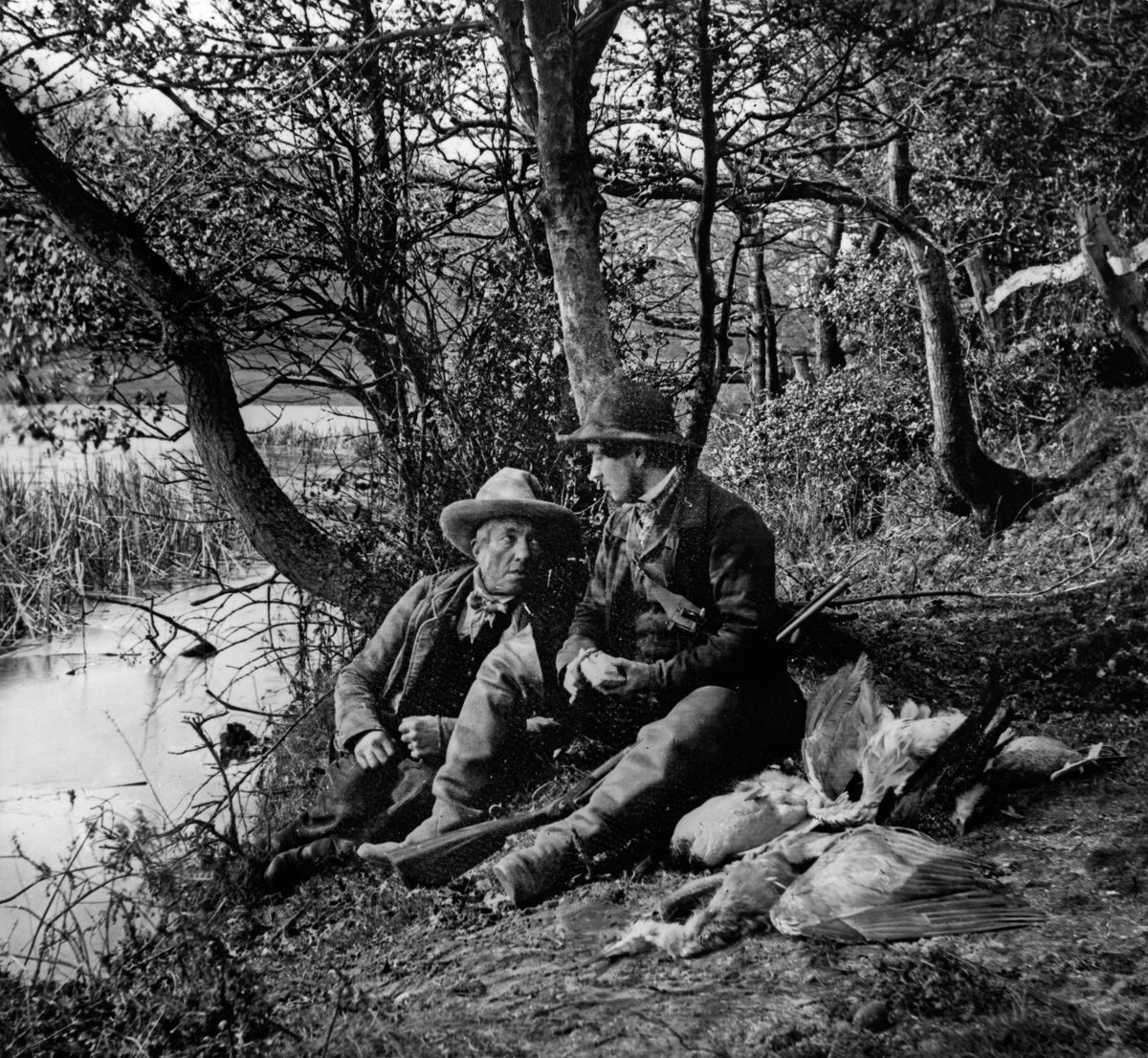
“Gamekeepers.”
Family life, epitomized by the young Queen Victoria, Prince Albert and their nine children, was enthusiastically idealized.
Yet, for the desperately poor it was nothing more than a pipe dream as social inequality became more marked and entrenched.
Industrialization brought about rapid changes in everyday life that affected all classes and as a consequence, Victorian society was full of extremes and startling contrasts.
In cities, new building work and affluent development went hand in hand with overcrowded slums where people lived in appalling poor housing conditions, worked long hours and died prematurely.
In the countryside, wages for farm laborers were low and as the workers increasingly lost jobs to machinery, they swelled the ever-growing movement from rural areas to towns.
Ideologically, the Victorian era witnessed resistance to the rationalism that defined the Georgian period and an increasing turn towards romanticism and even mysticism with regard to religion, social values, and arts.
Technologically, this era saw a staggering amount of innovations that proved key to Britain’s power and prosperity.

“Garden Astronomy.”
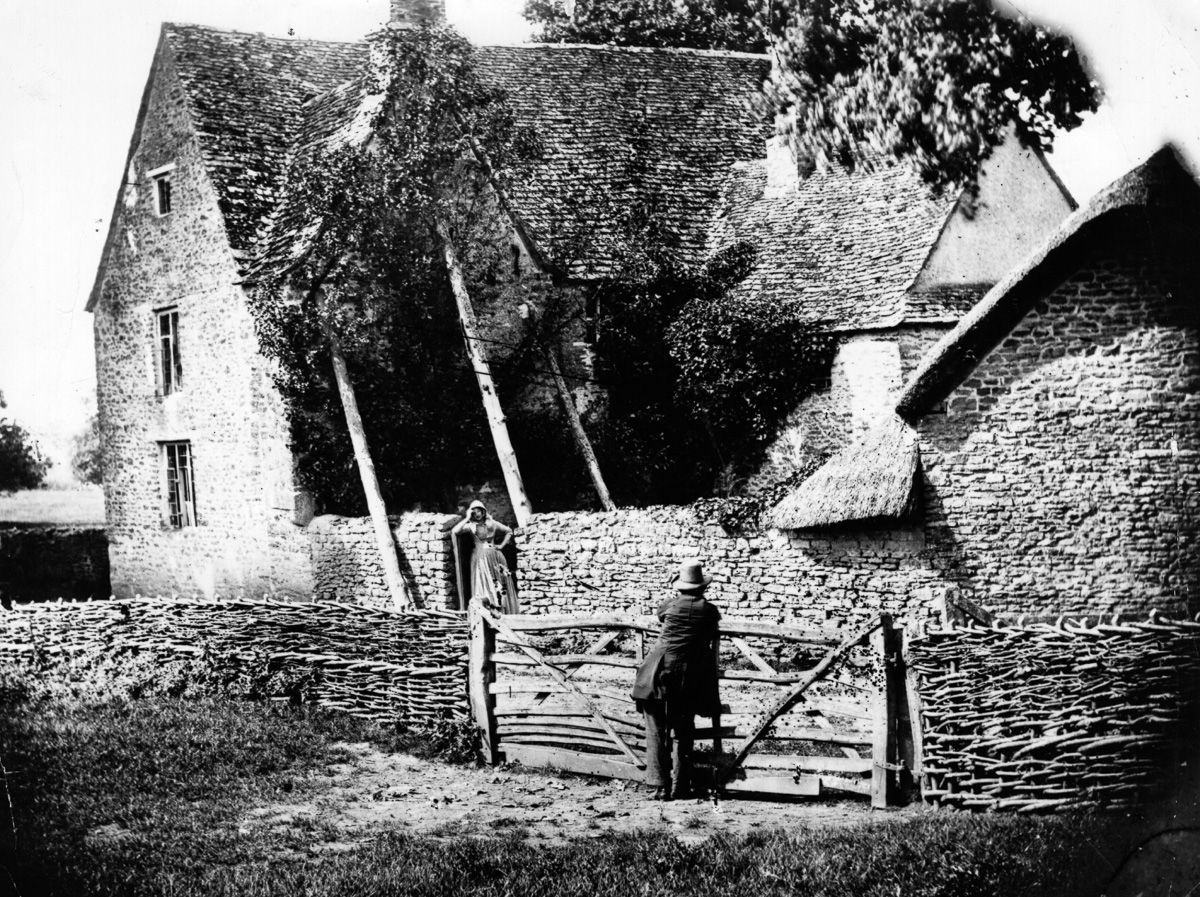
“Over the Gate.”

“Gleaners.”
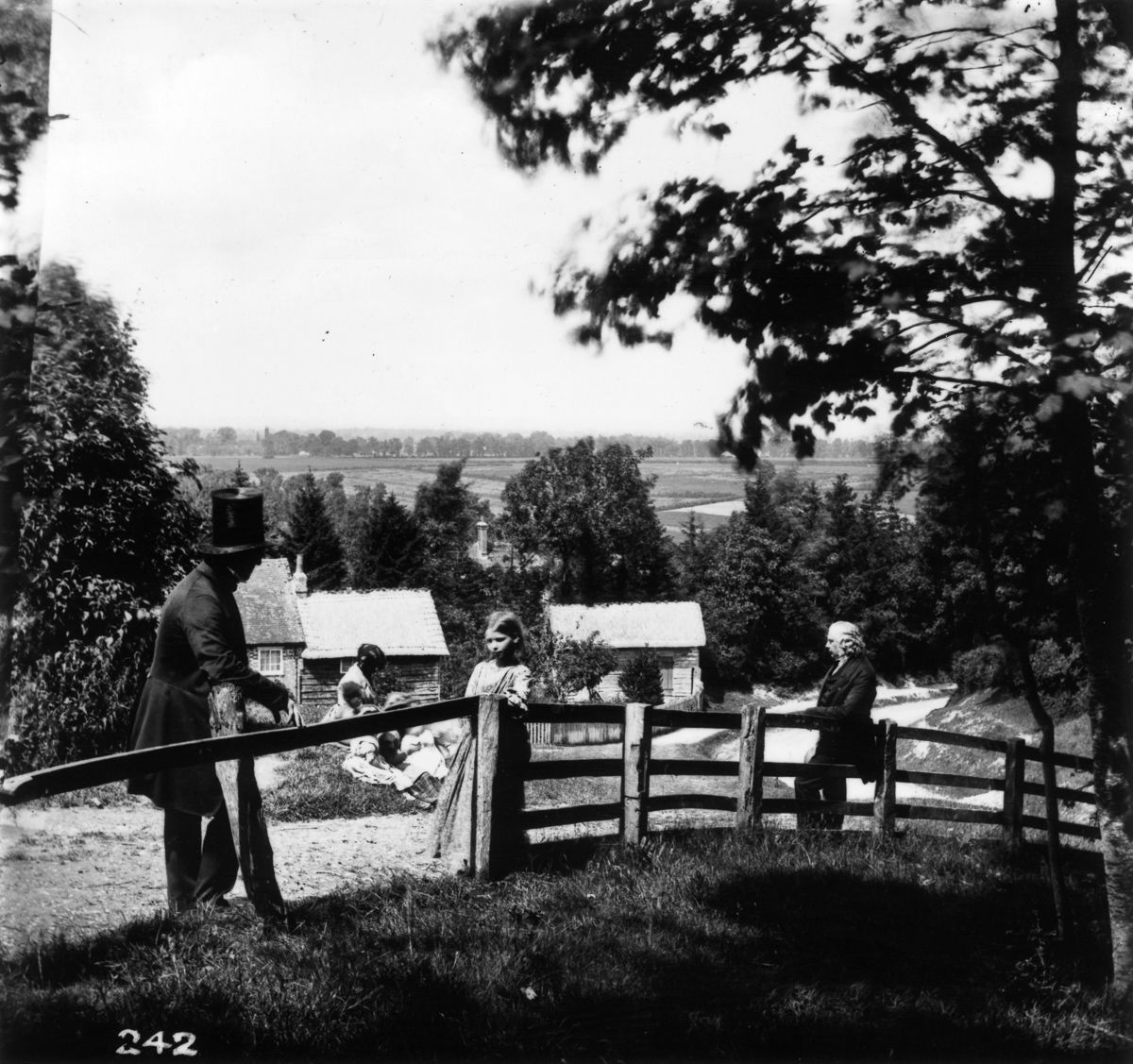
“Family Picnic.”
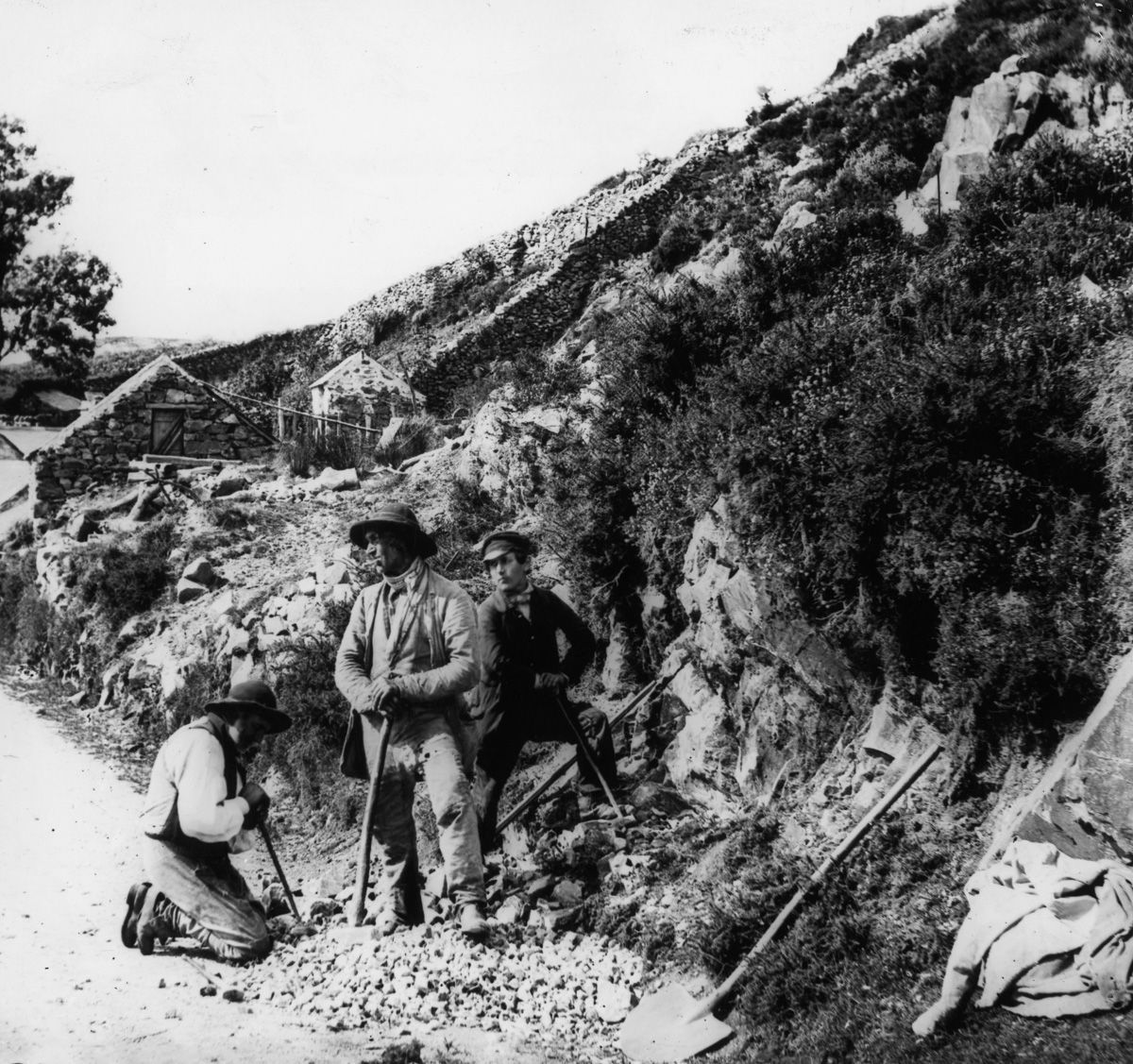
“Road Repairs.”

“Lay Victorians.”
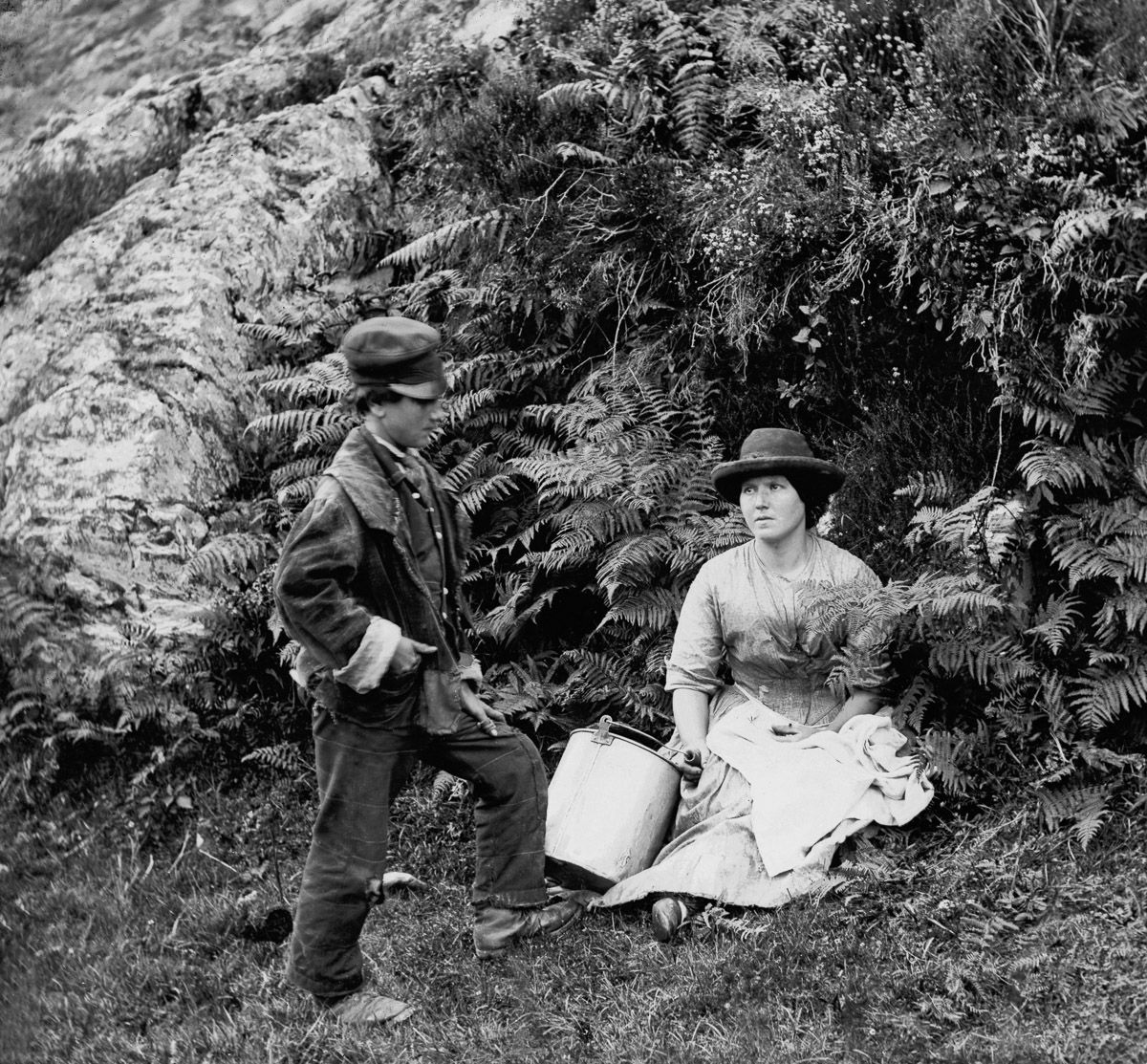
“A Moment’s Rest.”
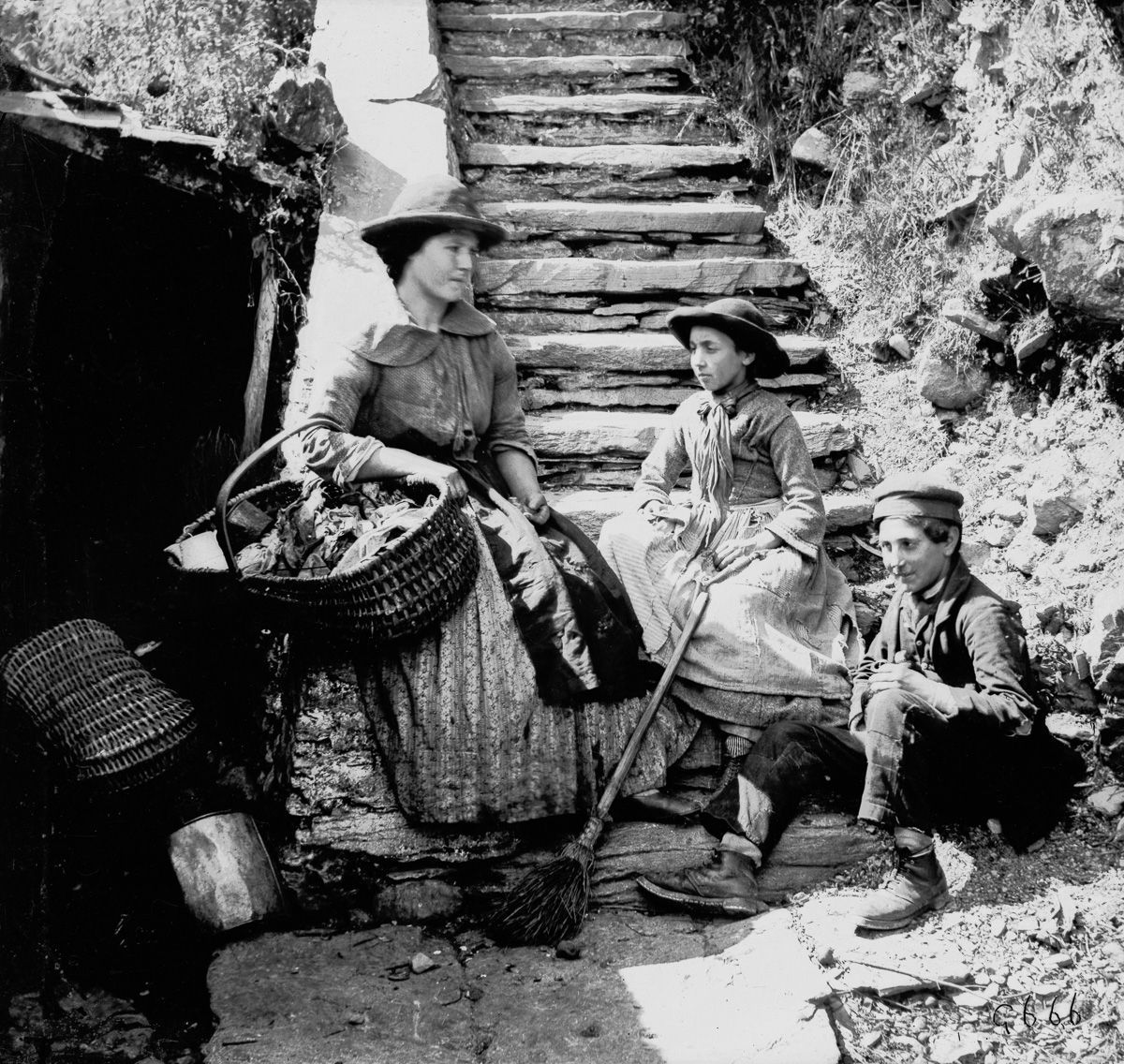
“Stone Steps.”
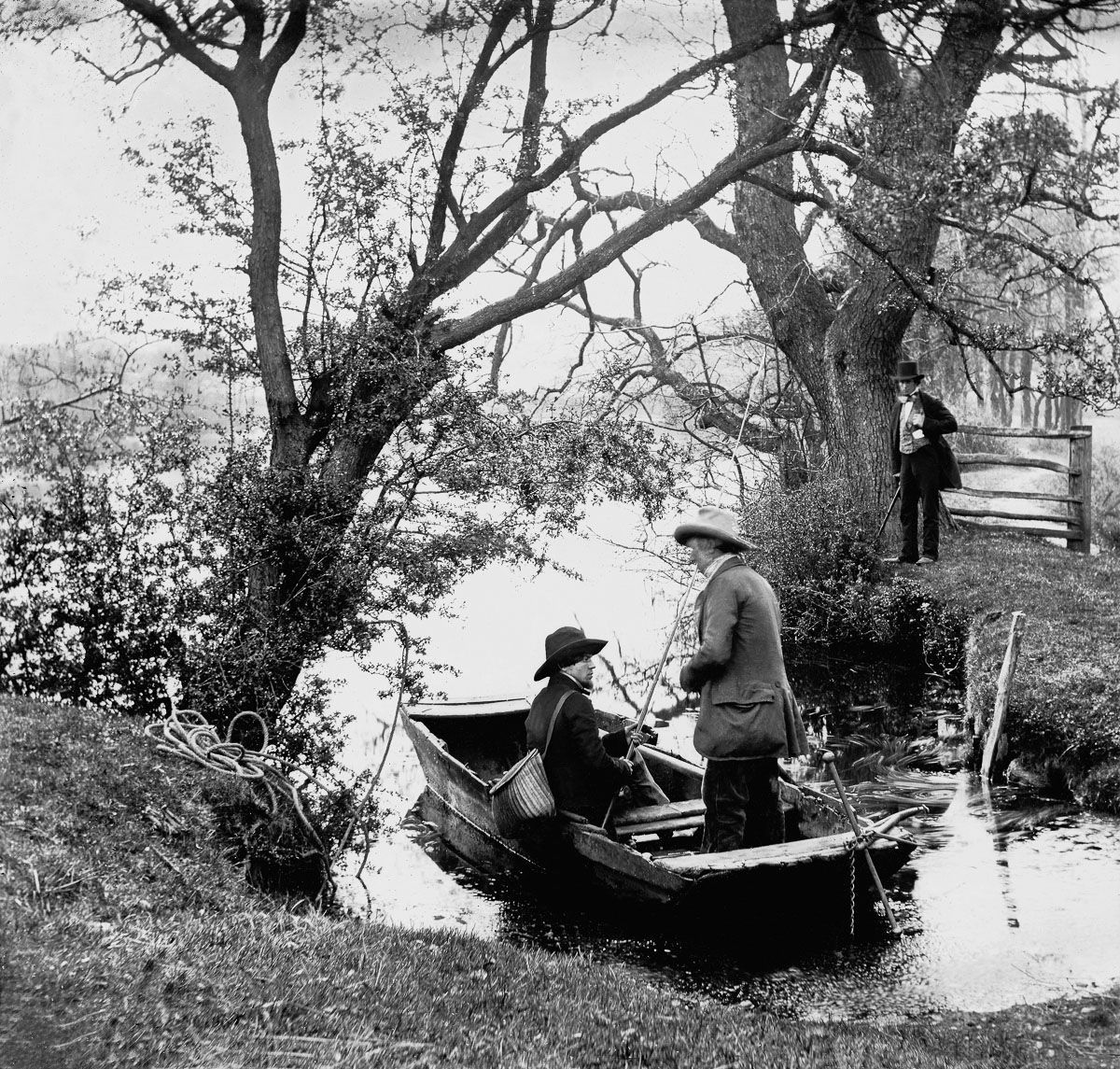
“Fishing Trip.”

“Lake Fishing.”

“Shared Solitude.”
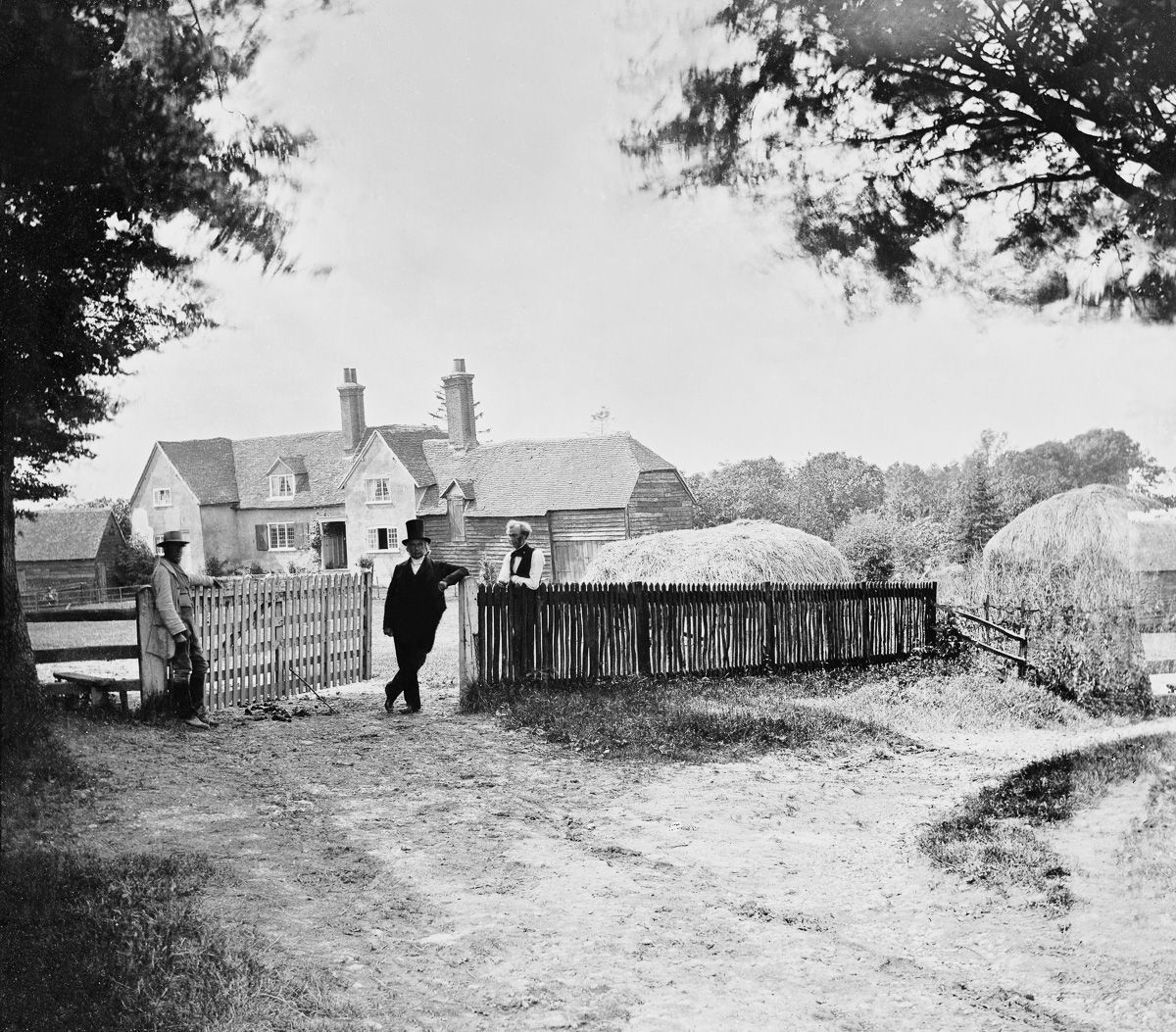
“Country Gentlemen.”

“Boy’s Best Friends.”
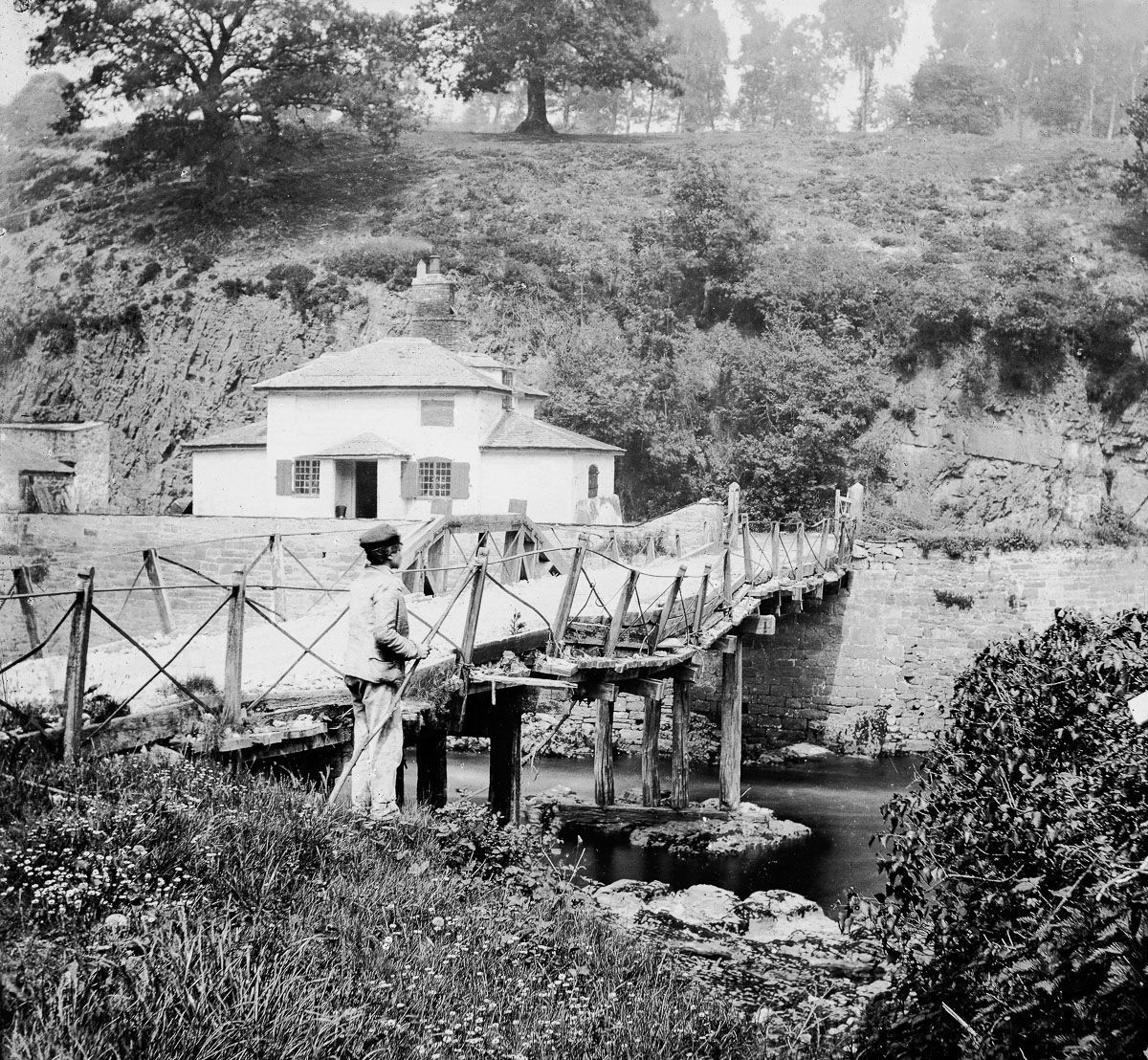
“Crooked Path.”
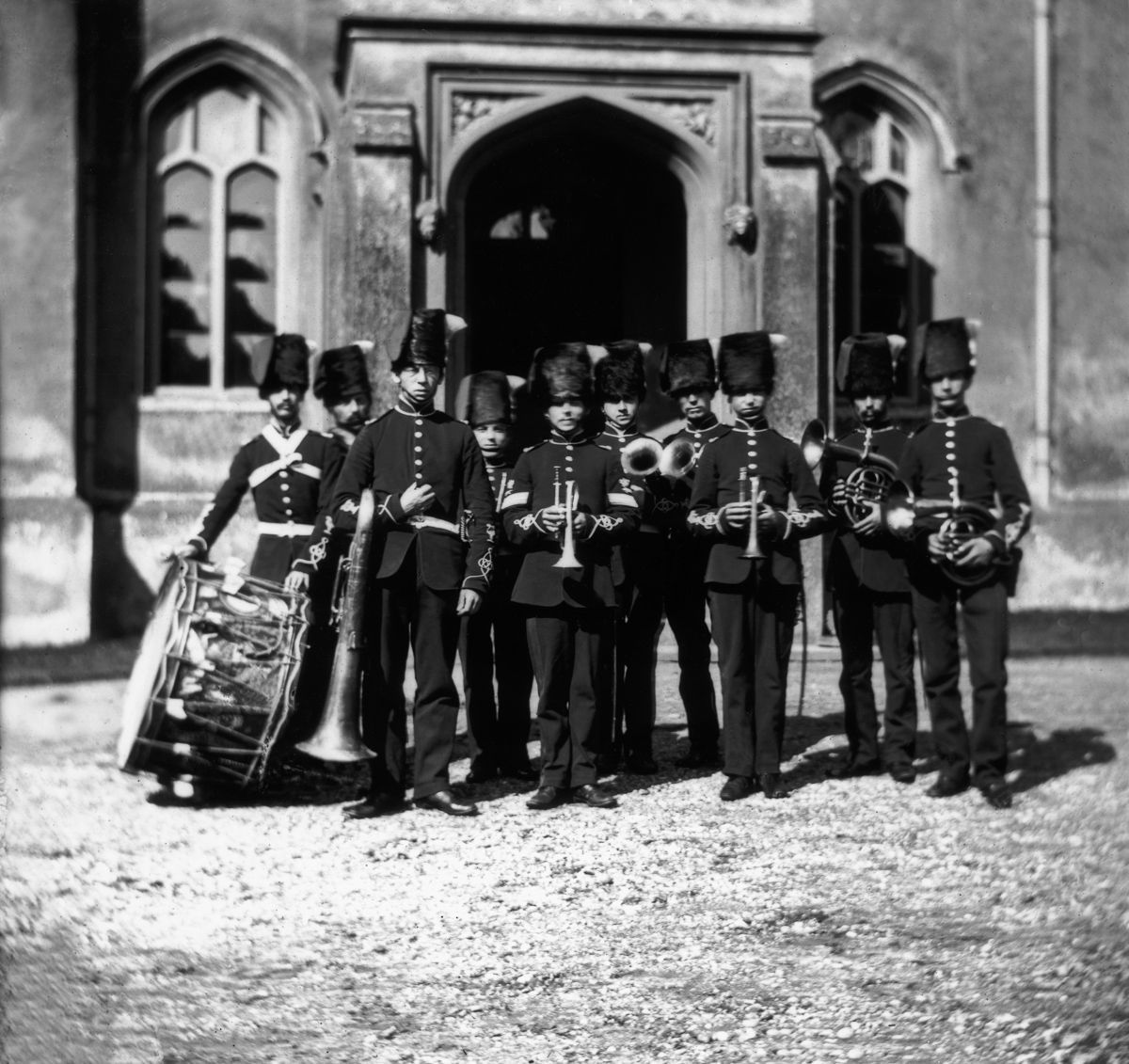
“Marching Band.”

“Spring Blossoms.”
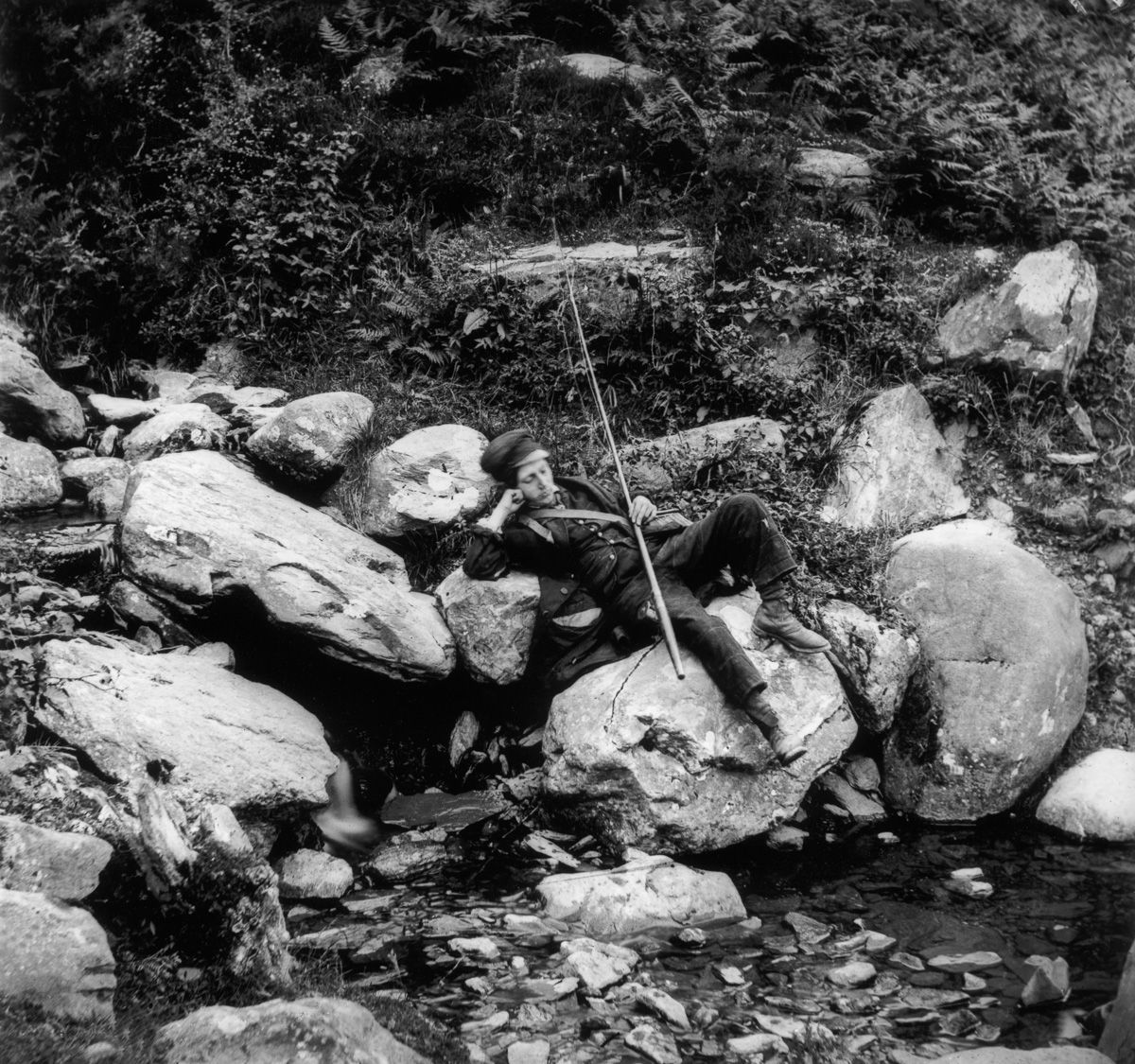
“Nap in the Sun.”

“Boys in the Wood.”
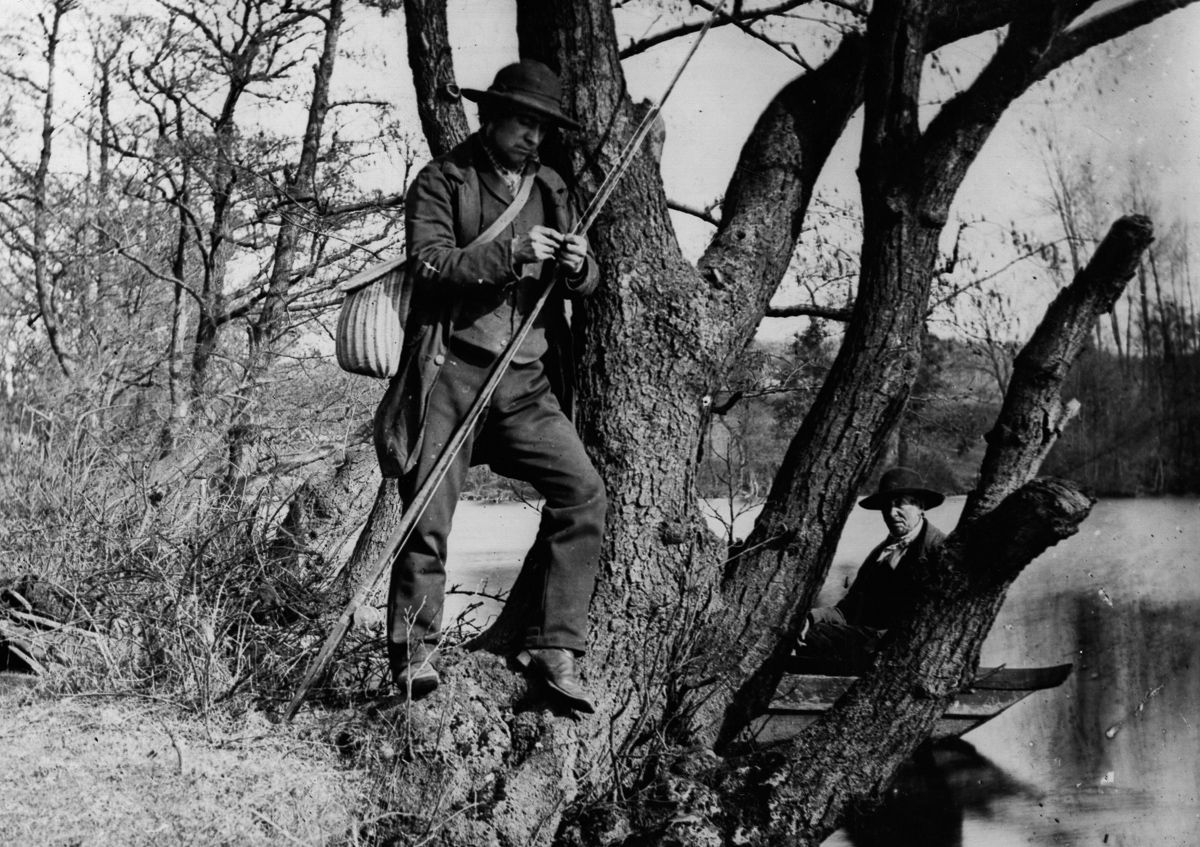
“Going Fishing.”
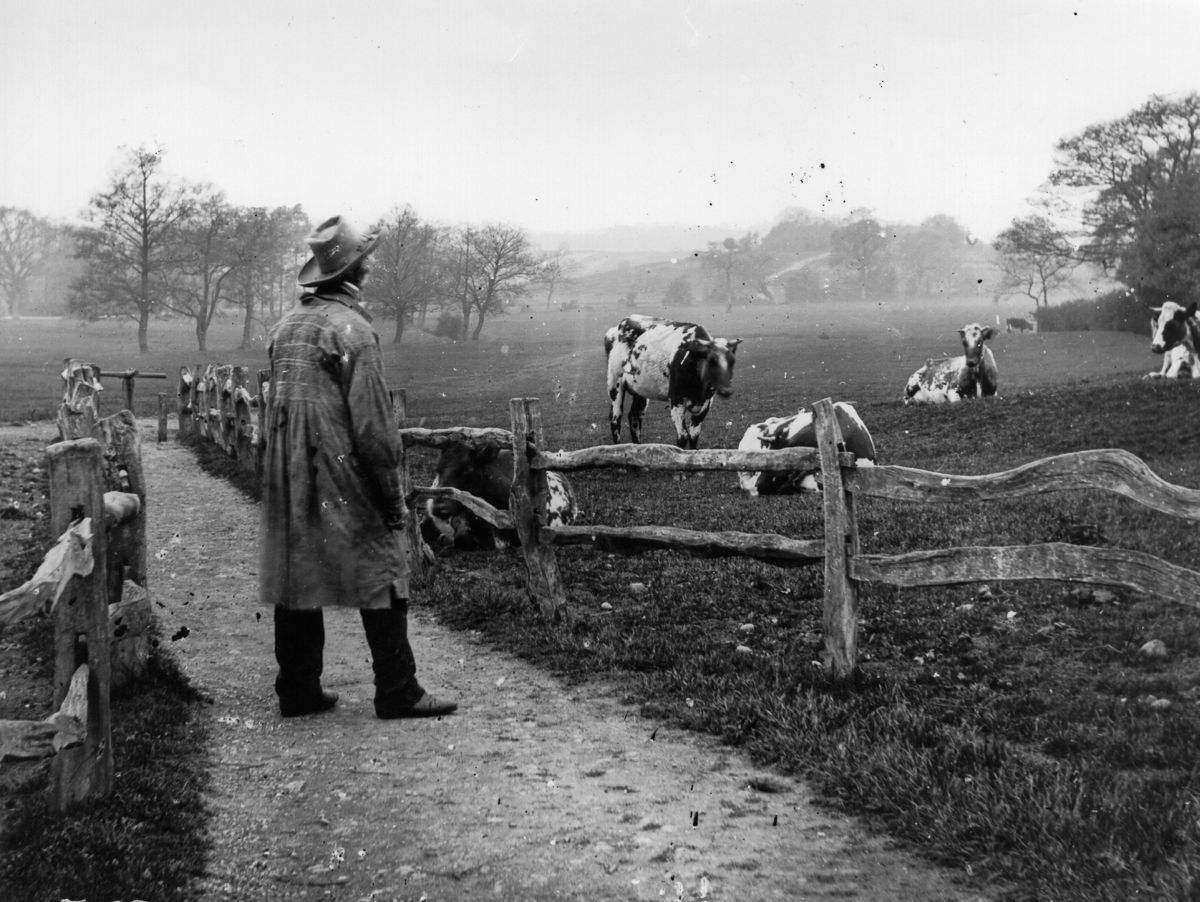
“Cows Grazing.”
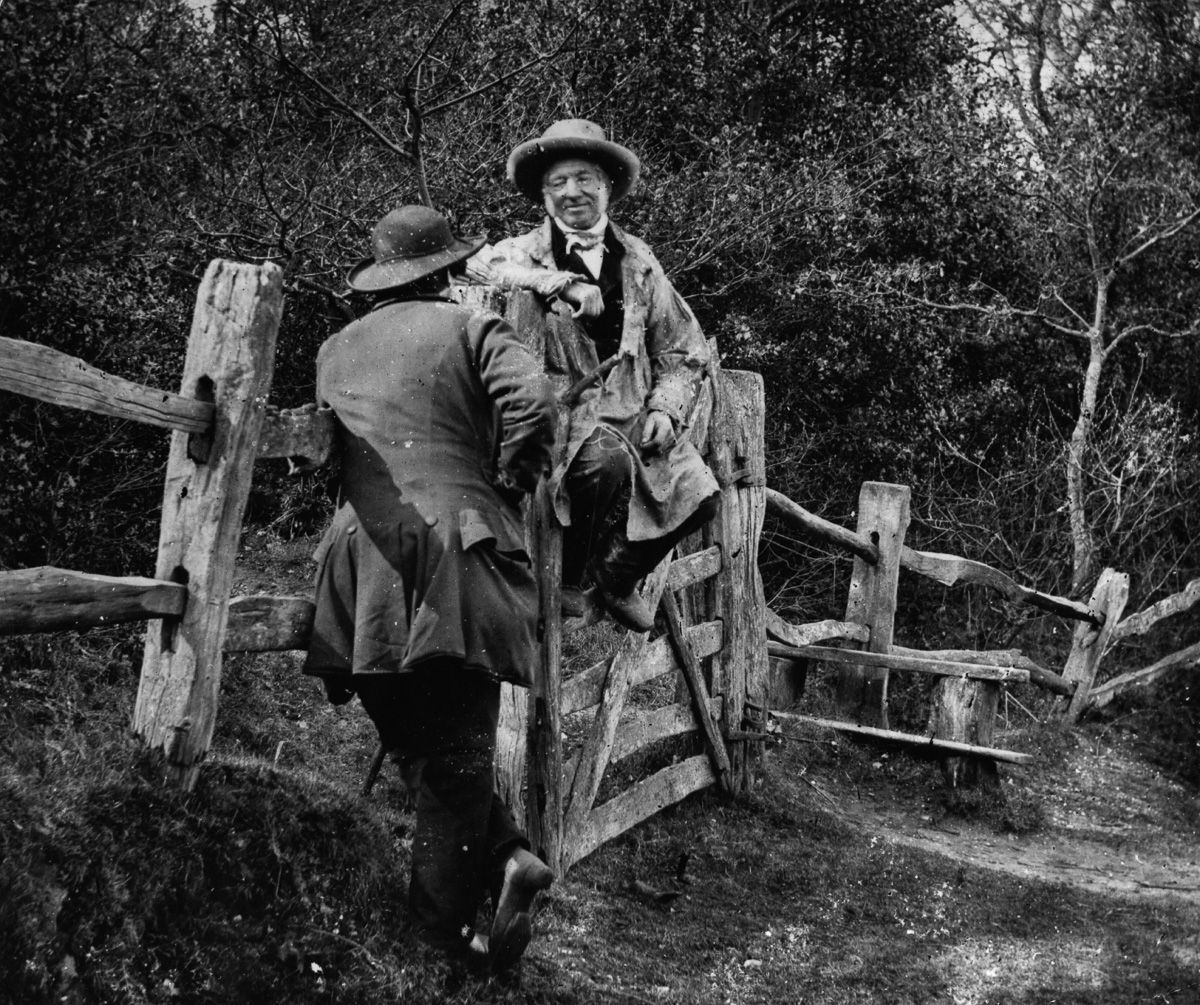
“Sitting on Fence.”
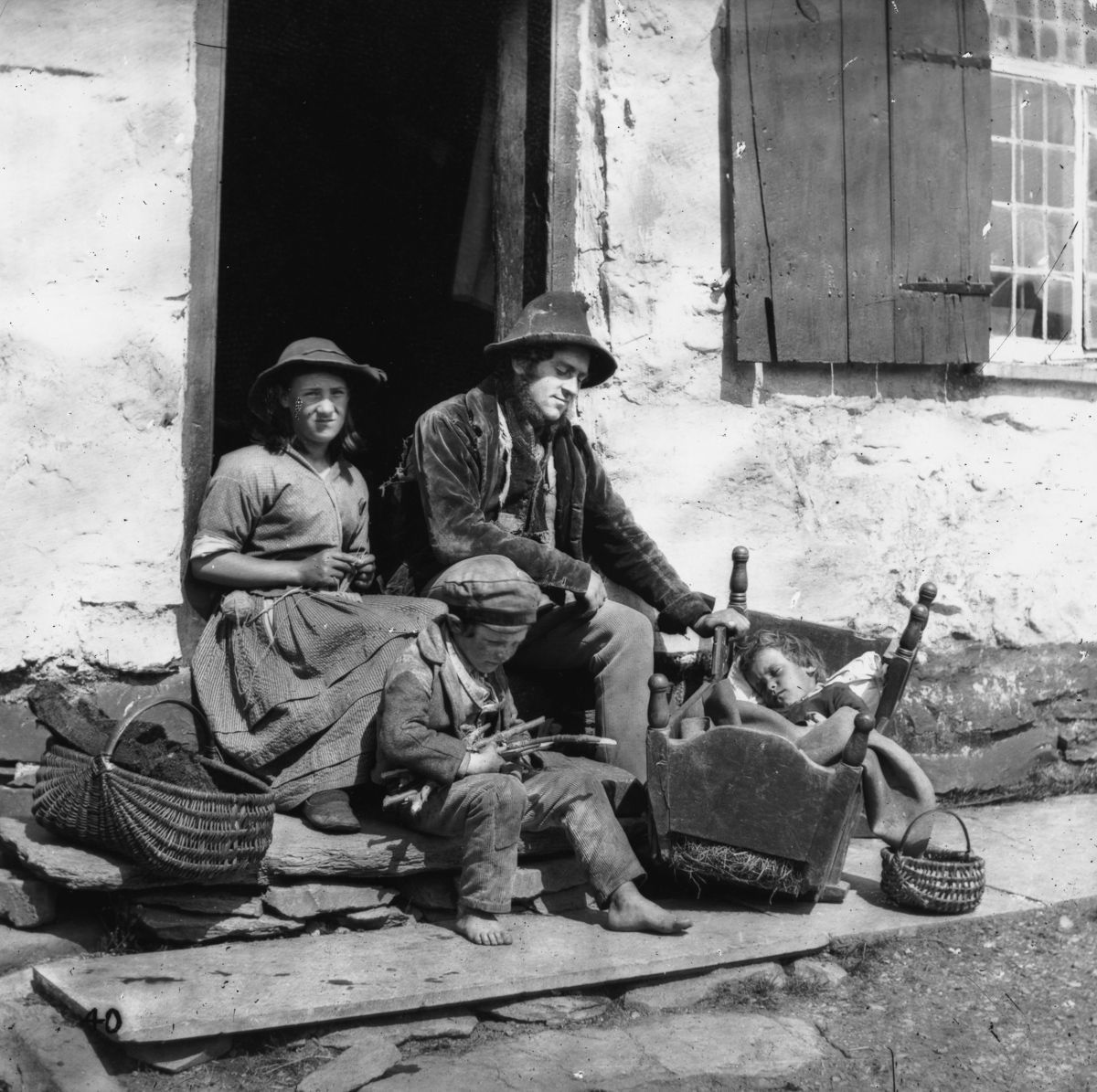
“Poor Family.”
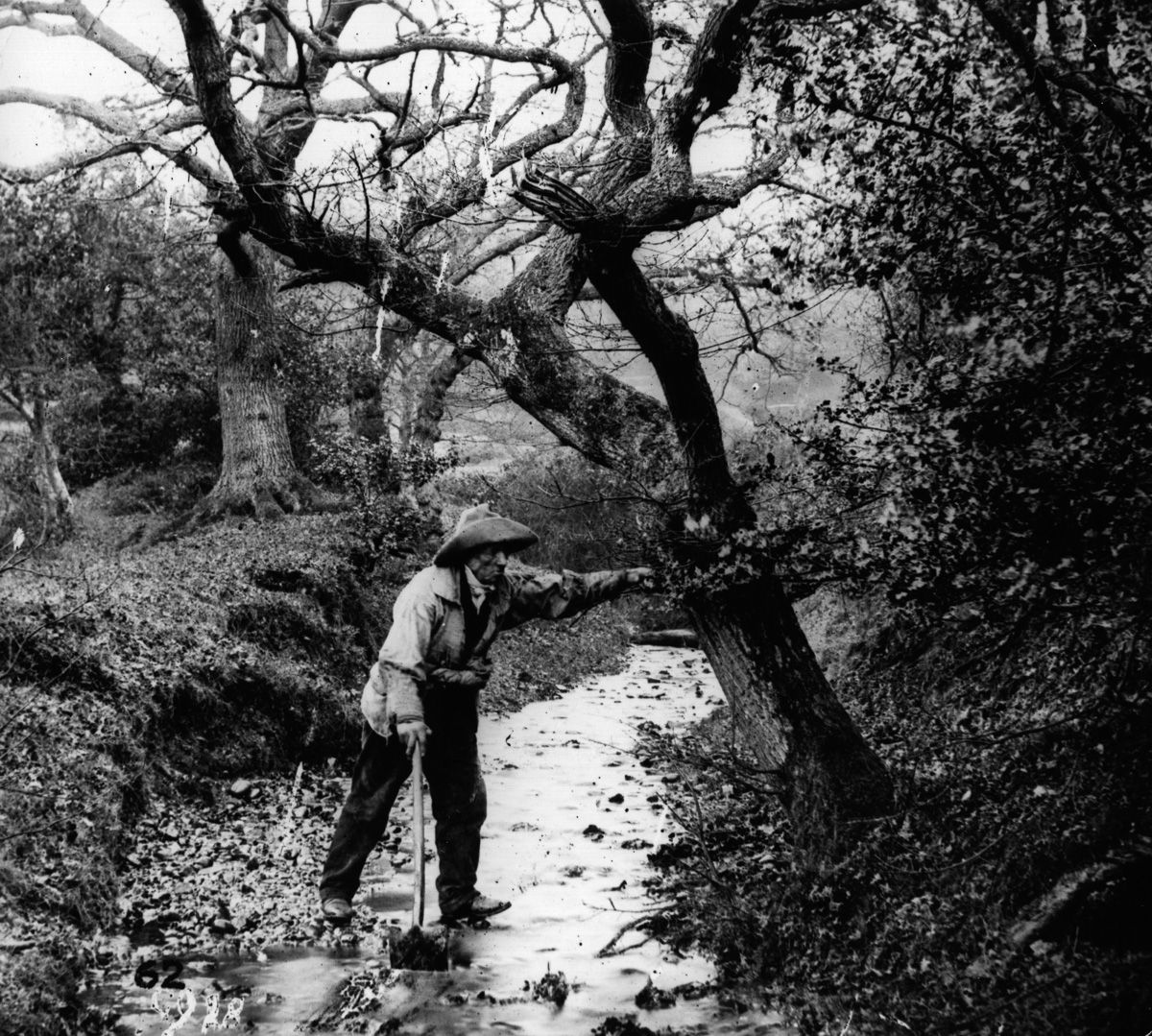
“Safe Crossing.”
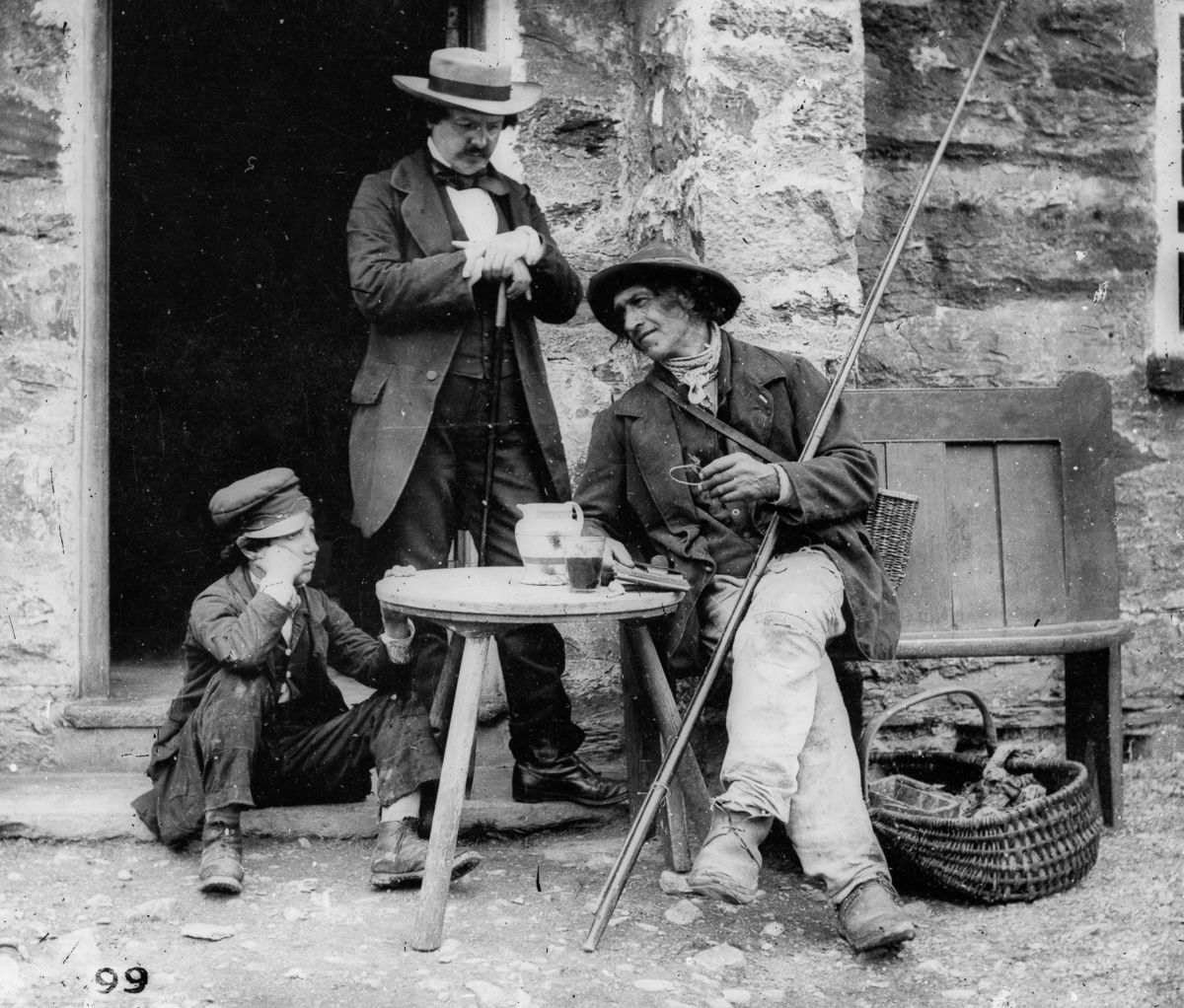
“Fisherman Seated.”
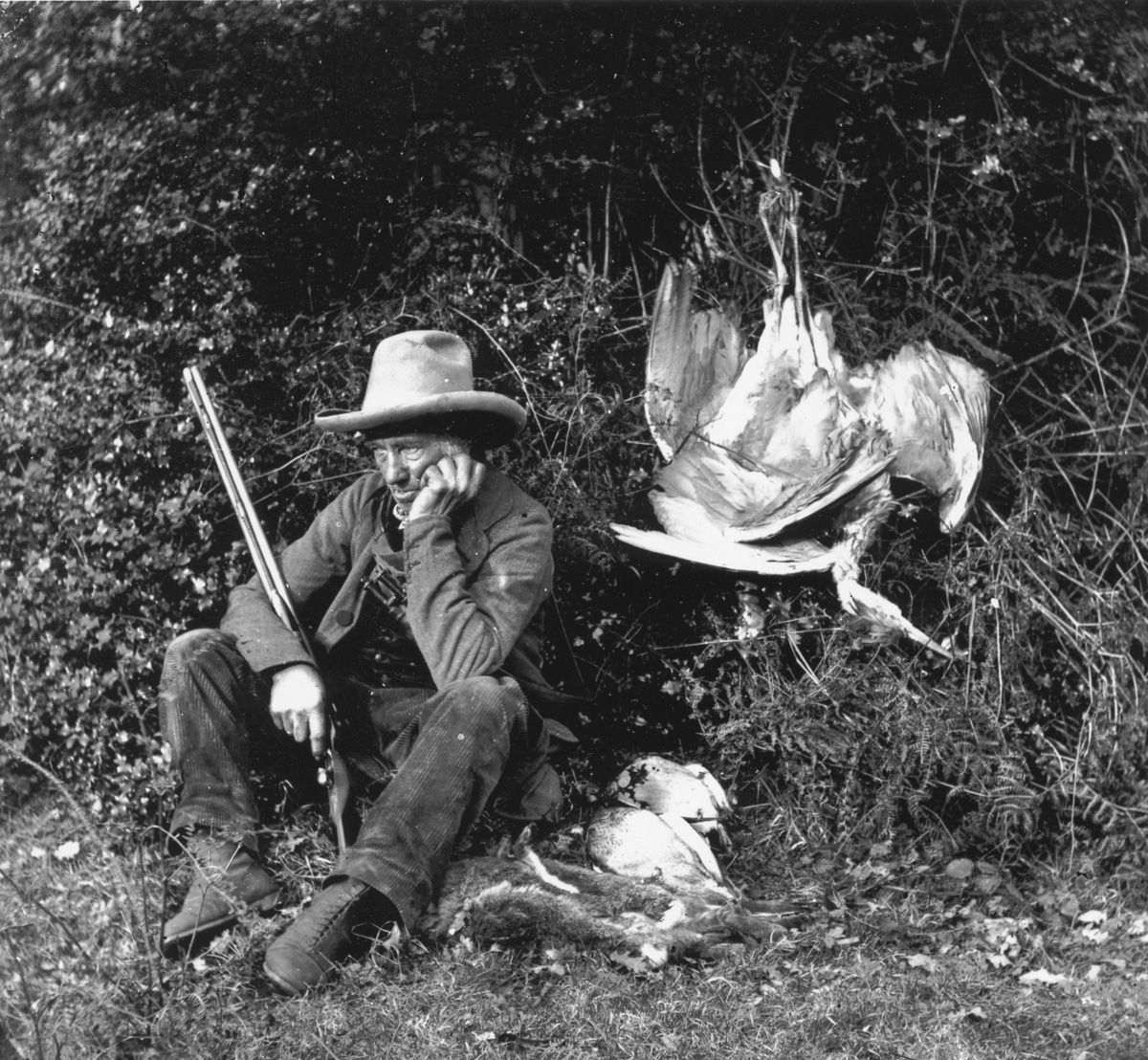
“Pot Shot.”
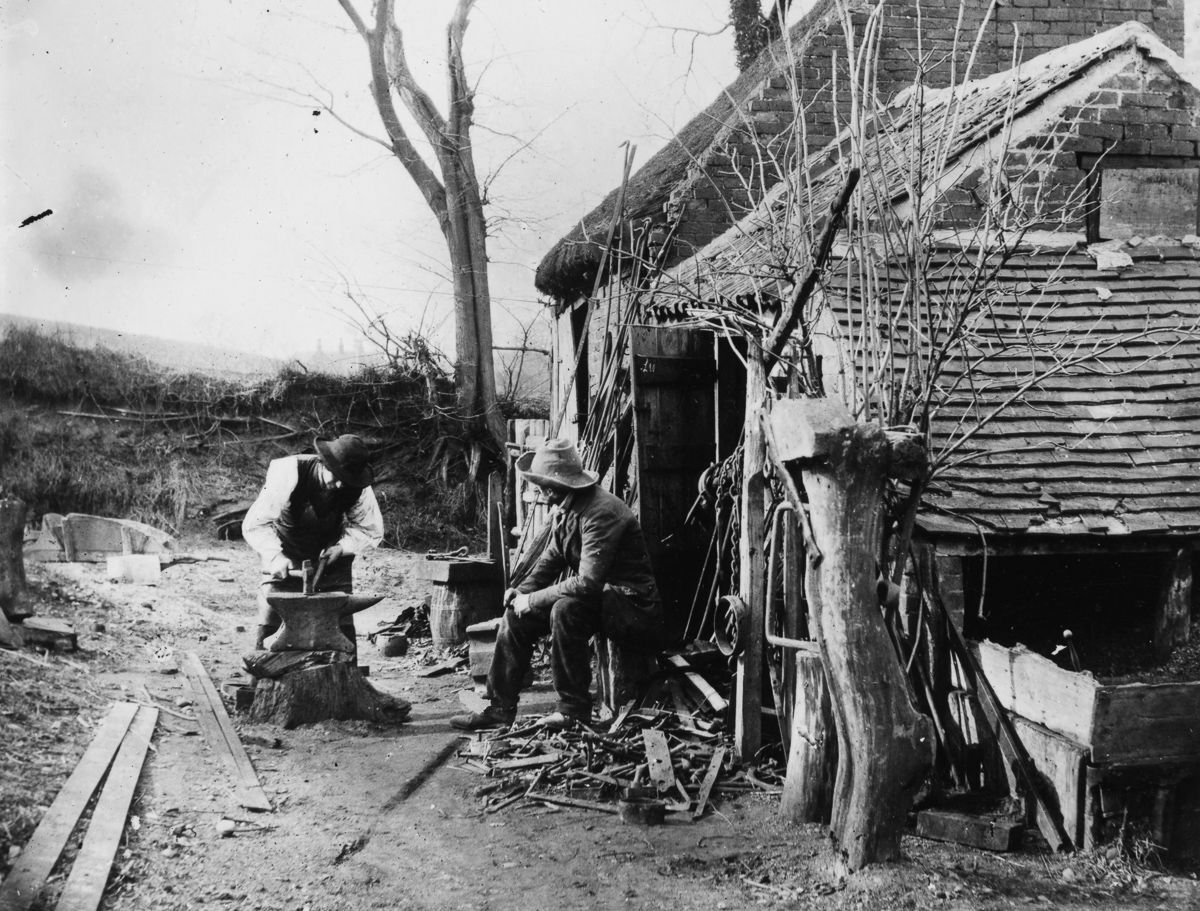
“Old Forge.”
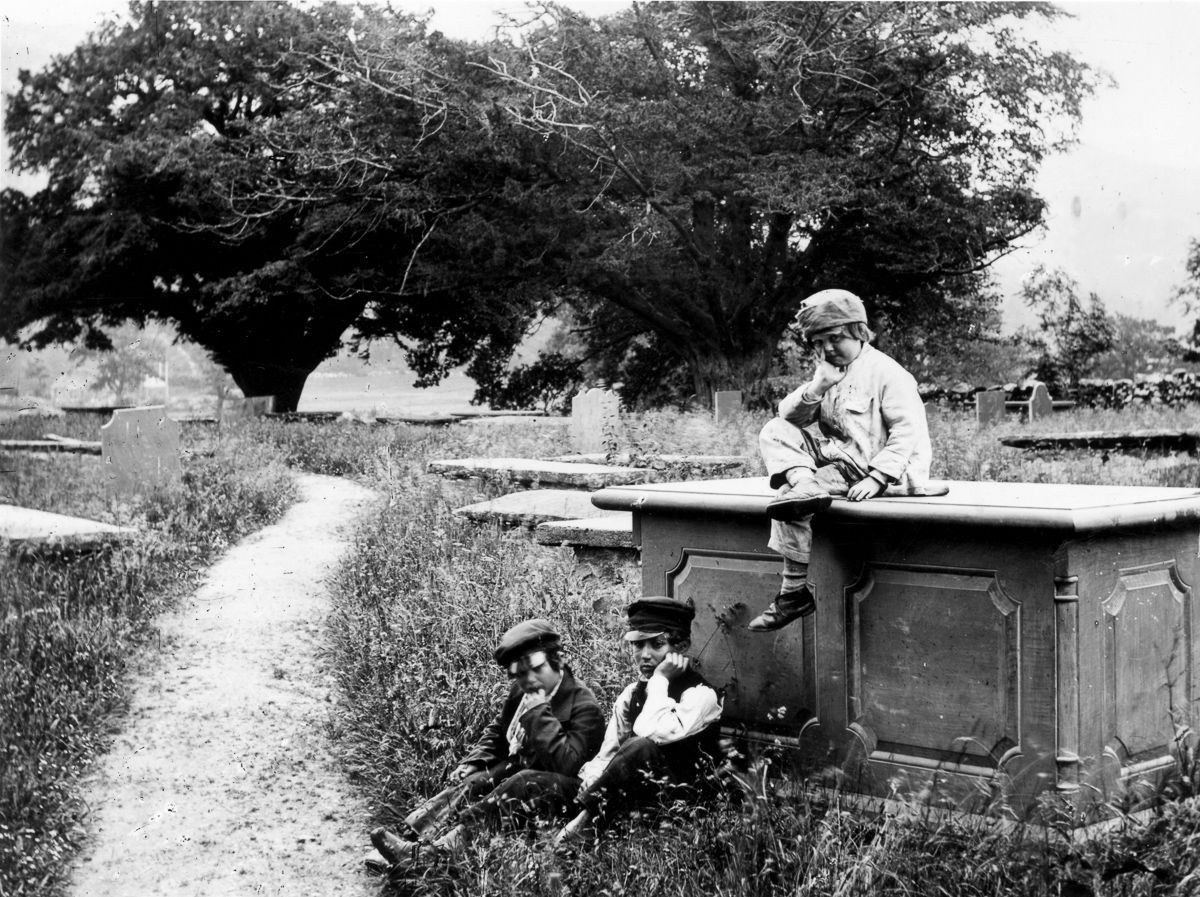
“Cemetery Kids.”
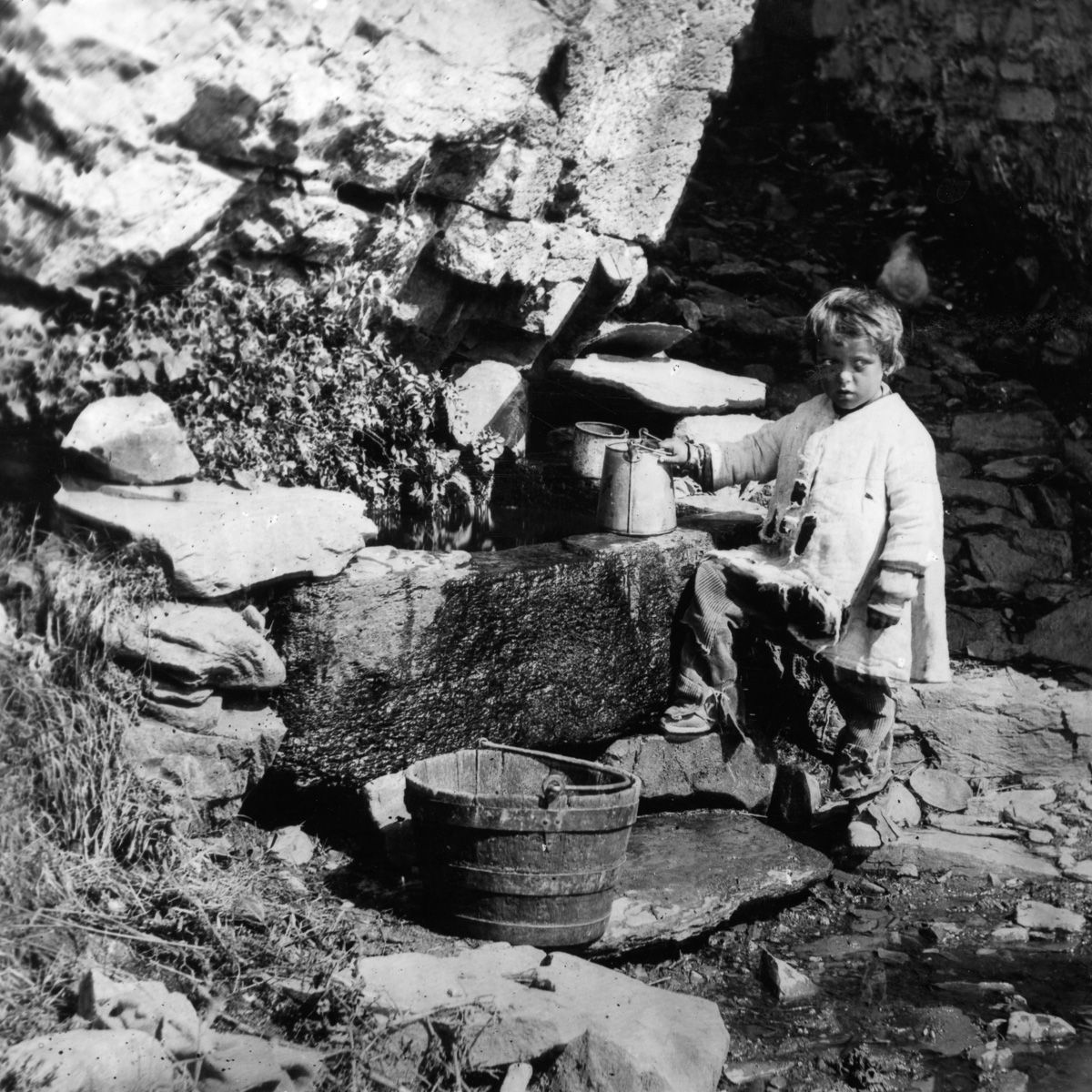
“William’s Well.”
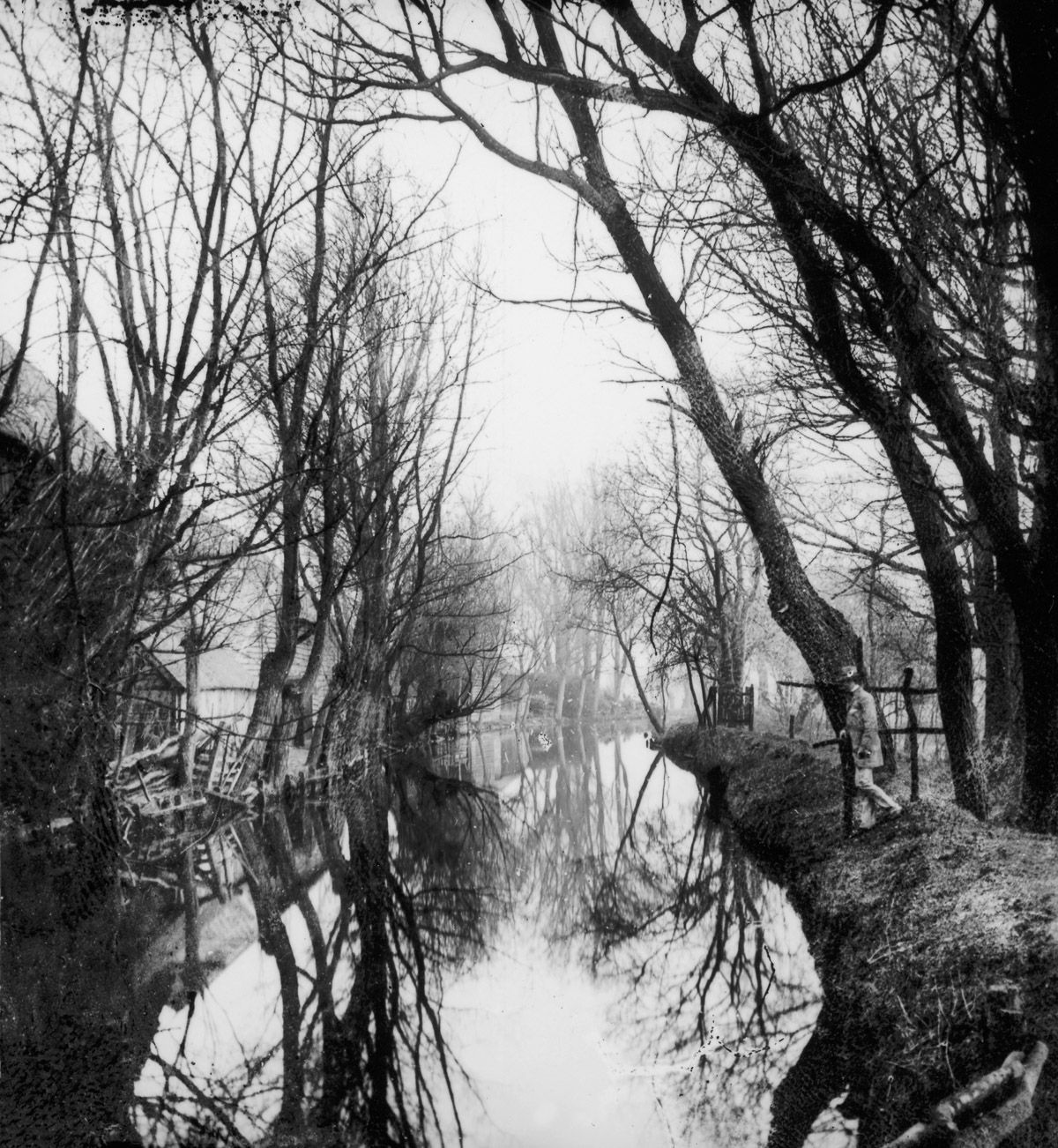
“A Wintry Walk.”

“After the Storm.”
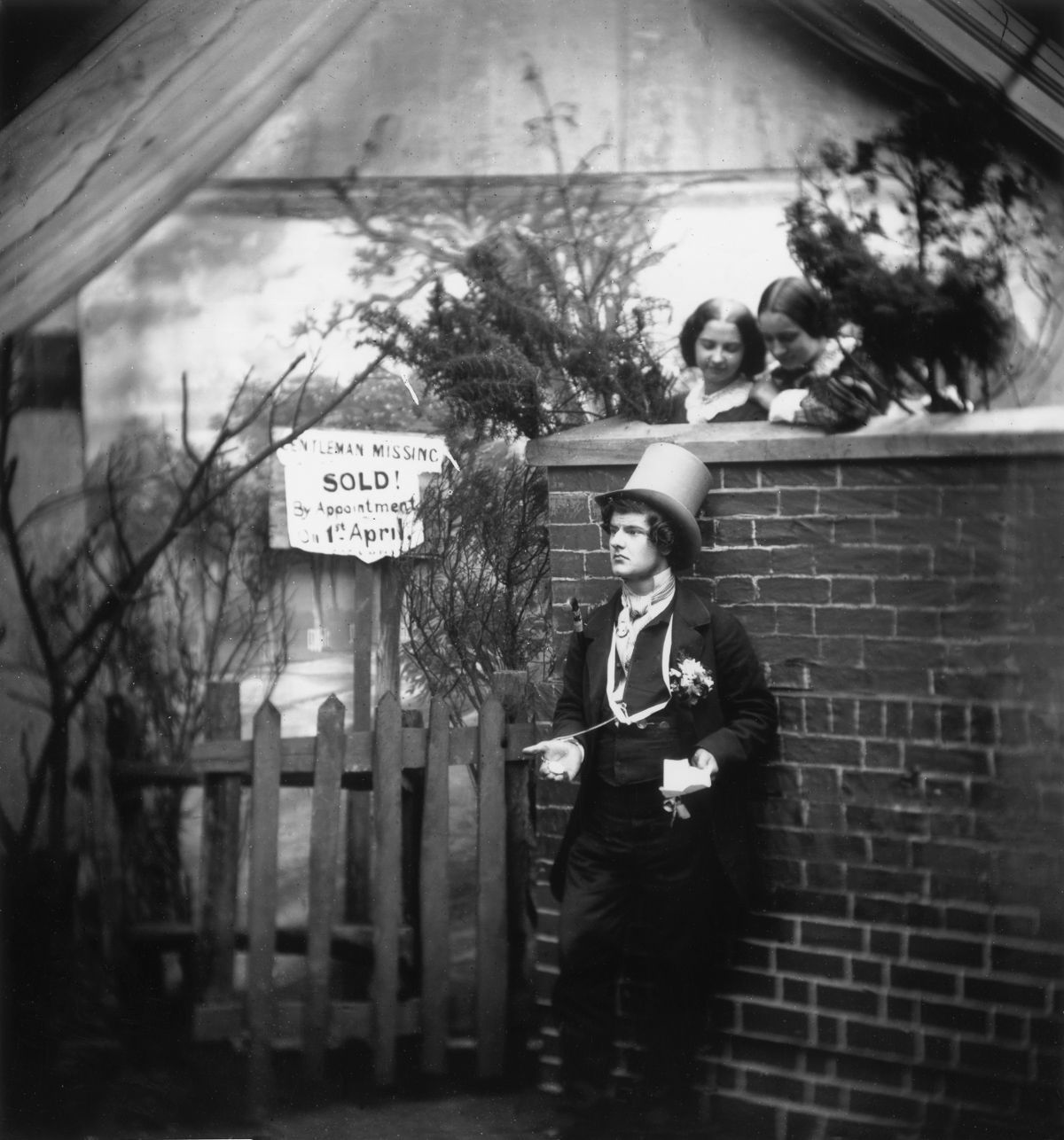
“Gent for Sale.”

“Pumping Water.”
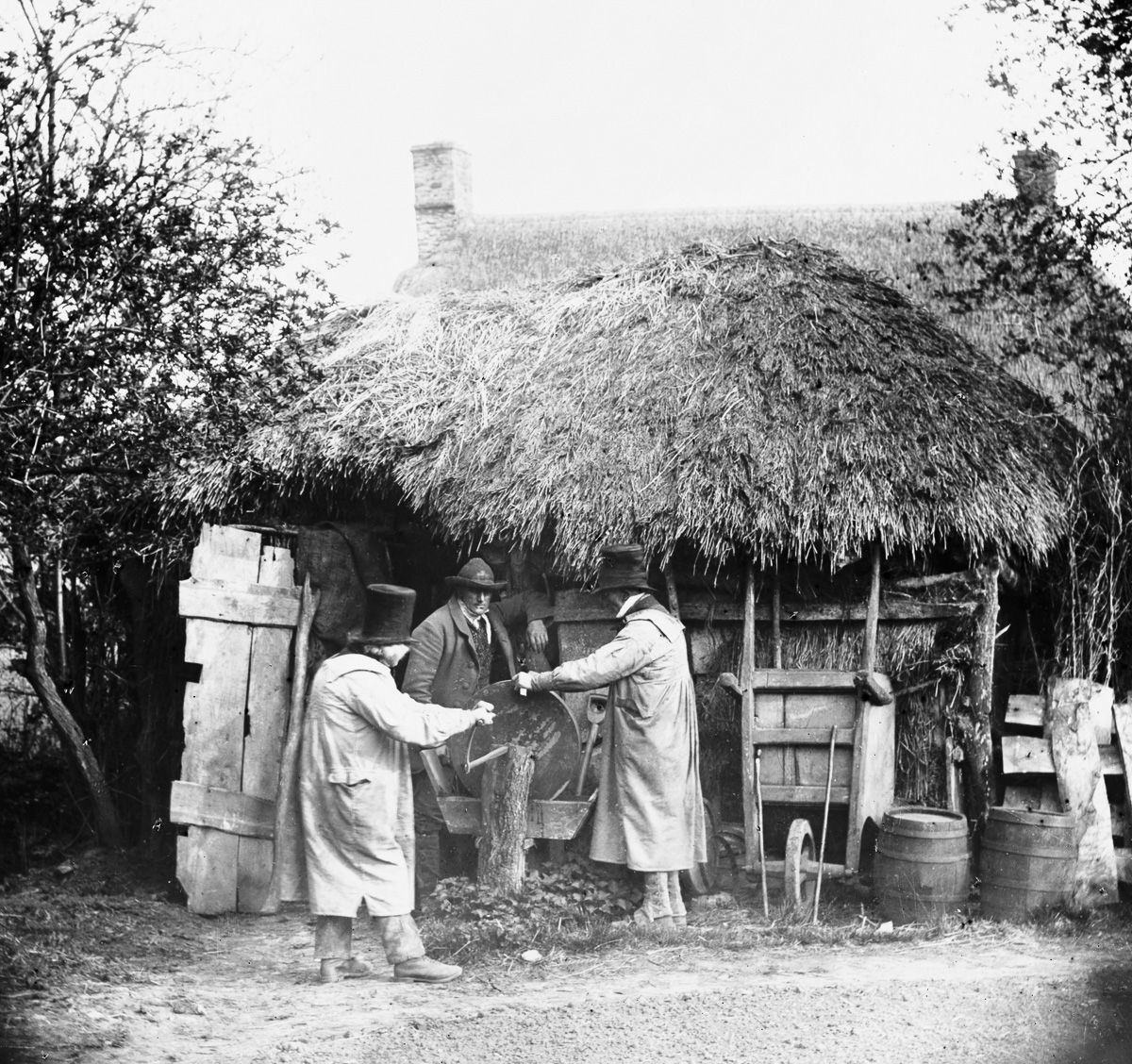
“Knife Grinders.”
(Photo credit: William Grundy / London Stereoscopic Company / Getty Images).
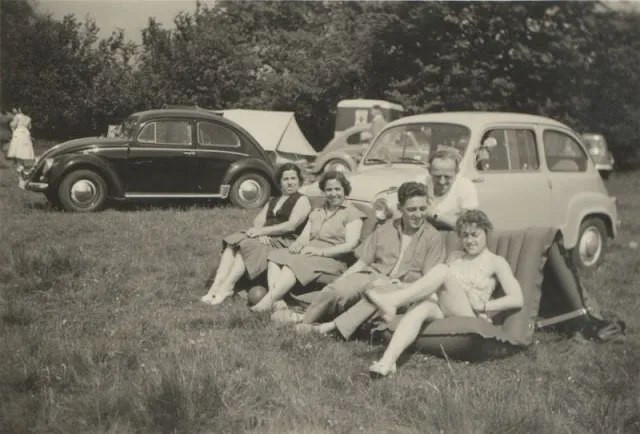
-1714621751-q80.webp)

